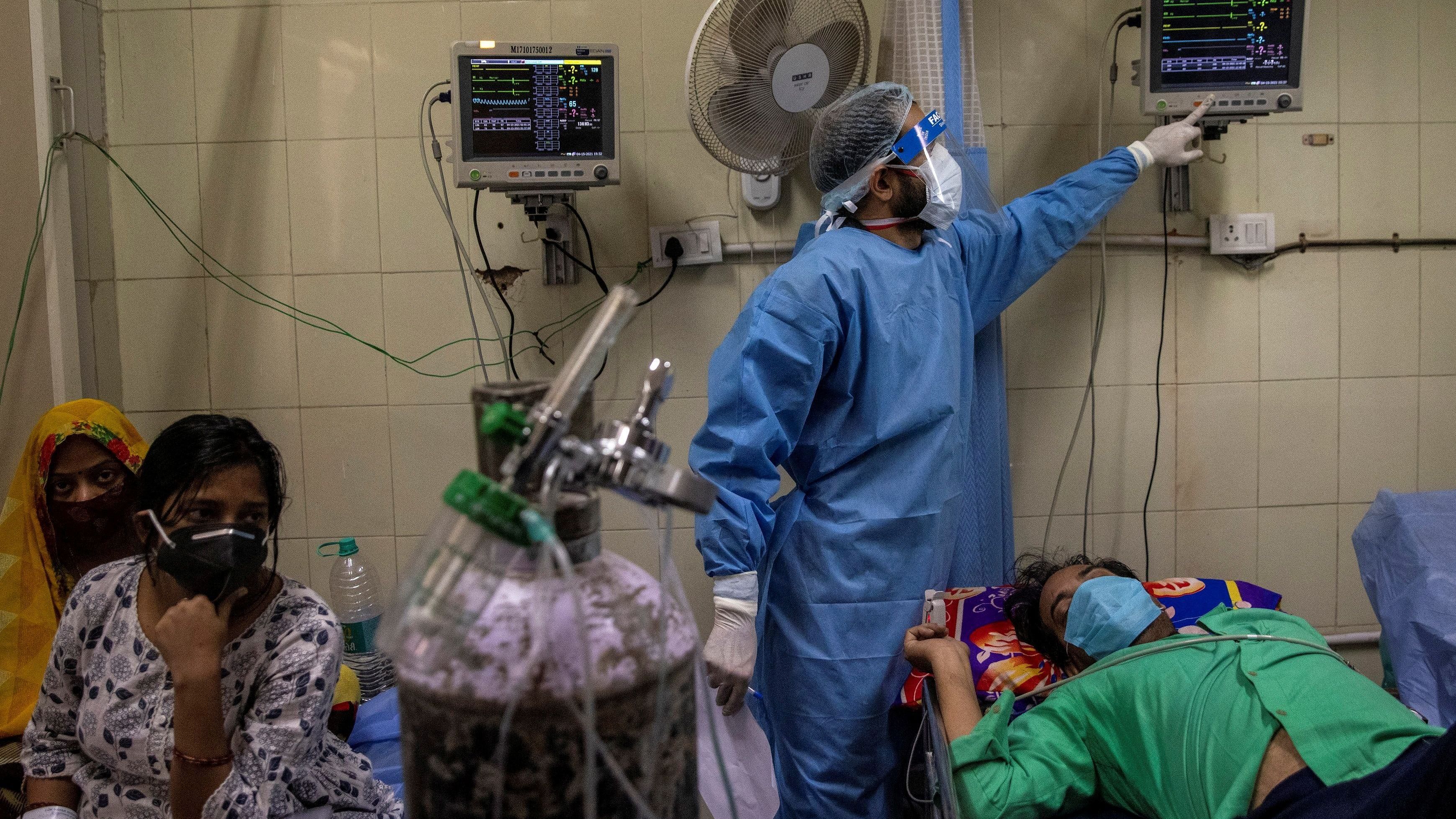
B.1.617 - the double mutant strain of coronavirus that was first found in Maharashtra may have been first detected in October 5.
According to an Indian Express report, the mutations, E484Q and L425R, were found in the virus’s critical spike protein months ago and should have had alarm bells ringing but instead may have met with lack of urgency and directives on the back of falling Covid cases.
A third mutation in this B.1.617 strain has now been identified and this may only compound India's problems further.
The Health Ministry was reportedly briefed about the new mutation and warned of it turning into a "triple mutant".
The triple mutant varities have seen new mutations both inside and outside the spike protein (two different kinds of mutations) and are being seen samples from Maharashtra, Delhi, West Bengal and Chhattisgarh.
Surprisingly, among states where the B.1.617 strain was seen, West bengal showed more samples with this lineage than Maharashtra.
Sources from ndian SARS CoC-2 Genomics Consortium (INSACOG) — a group of 10 laboratories carrying out the genome sequencing of the virus — had also told DH earlier that scientists had spotted a new lineage of the SARS-CoV-2 known as B1.618 among the samples from West Bengal.
But Pune-based National Institute of Virology's persistent refusal to share the sequencing data with other laboratories in the consortium is slowing down the entire process of identifying new lineages and subsequent studies.
"West Bengal seems to be becoming the hotspot for such mutations. The new triple mutant could make the virus even more capable of evading human immune response,” one of the people in the know told Indian Express.
Experts have not been able to ascertain yet just how far the variant has contributed to the second wave of the virus and how transmissible and fatal it is. More importantly, we are yet to determine the vaccine's efficacy in the face of these new variants.
Fire-fighting?
Laboratories that carry on this gene sequencing have been facing several issues. Funding has bene the biggest concern. Apart from that no clear path and goals have also made the process haywire.
“It (the double mutant) was detected way back. It was found again in November and December. By February, this variant is exploding, almost coinciding with the surge in Maharashtra. The discovery should have been acted upon immediately. But nothing happened. Now we are fire-fighting,” a scientist told the publication.